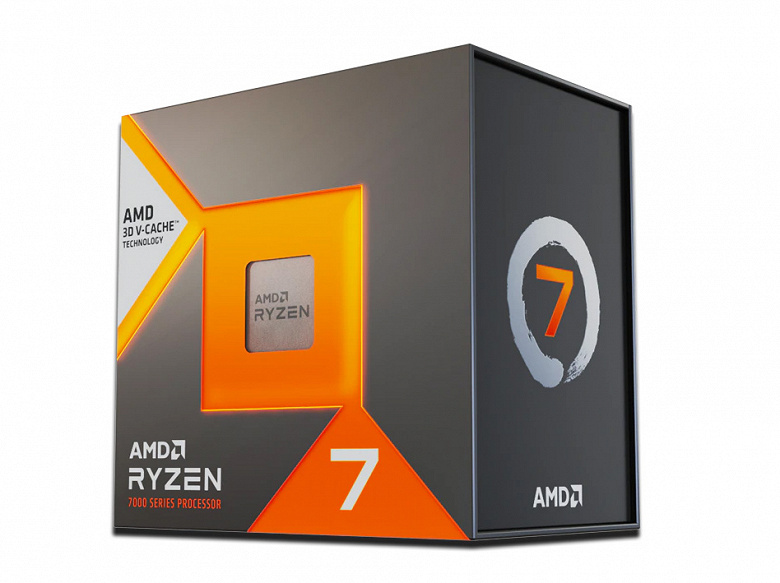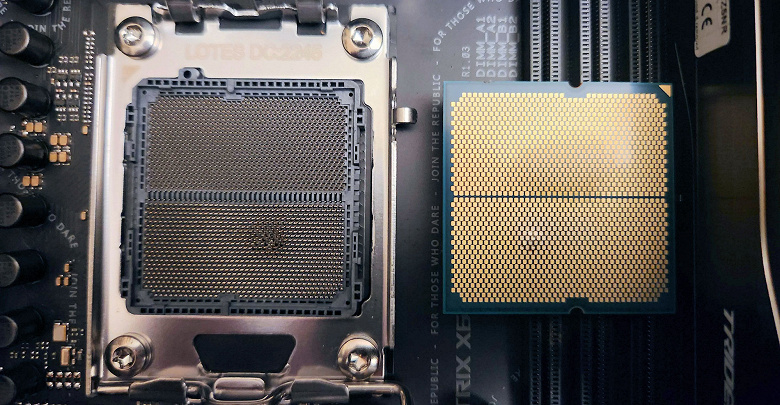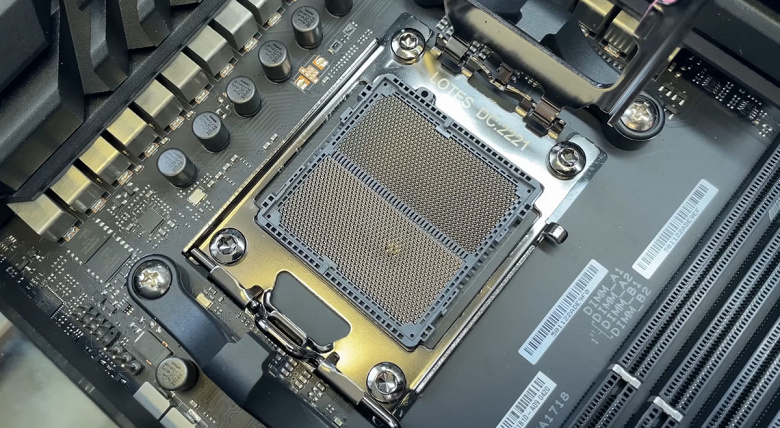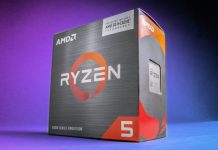The issue is related to the SoC voltage rising to an unsafe level when the thermal protection fails.
In recent weeks, there has been a lot of evidence of Ryzen 7000X3D processors failing . They burn and take with them to the next world, at best, the motherboard socket, and at worst, the board itself. Now there is a fairly detailed explanation why this happens and what to do to protect your computer from failure, which, moreover, is not covered by the warranty. It is important to note that the data is collected from several sources, including from an insider within AMD itself. However, they wished to remain anonymous.

The first point to consider is that the Ryzen 7000X3D line of processors mostly burns, but the same can happen with regular Ryzen 7000 processors. It’s just that the Ryzen 7000X3D cache is more sensitive to increased voltage.
The second point: the problem affects absolutely any motherboard from any manufacturer. Asus motherboards often appeared in incidents, but there were cases of burnout of motherboard sockets from other manufacturers – Biostar, MSI, Gigabyte and ASRock.
So, what is the reason for such a “bright” death of AMD processors? The charges against the motherboard VRM zone are cleared – it does its job as expected. The problem is related to the SoC voltage changing to an unsafe level, which can occur both when manually adjusting the voltage (when overclocking), and when setting pre-programmed voltages when EXPO memory overclocking profiles are activated. And this is a very important point: if few users deal with manual overclocking settings, then everything is much simpler with memory profiles – I chose it in the BIOS, and then it somehow works on its own. If you do not control the voltage parameters after activating the EXPO profile, trouble can happen.
it applies to all motherboards and all CPUs, both conventional and Ryzen 7000X3D

And now the CPU damage mechanism. The fact is that even at high voltage (within reason, of course) nothing should burn, since the CPU has thermal protection, upon activation of which the processor turns off. The point is that the high voltage set when the EXPO profile is activated first of all kills the processor’s thermal sensors and actually deprives the chip of protection against overheating. As a result, the CPU starts working at an abnormal temperature for it, without realizing it.
The problem is exacerbated by the fact that modern AMD CPUs were originally designed to operate at high temperatures. Let’s say 95 ° C for them is quite normal. Accordingly, they have a very small delta from normal to critical temperature. For the user, this looks like a sudden death of the CPU: everything just worked, and now it’s gone.
Getting power above the safe level of the thermal package leads to fatal overheating, the result of which can be seen both on the processor itself and on the motherboard socket (and sometimes in the PCB layers). The cascade of events can be called a “spiral of death”, and its mark is a characteristic darkening of contacts, which is most often fixed on the contact pad of the processor in the X3D memory area. There are vCore contacts in this area – these are visible damage. But there are also invisible (or less visible) ones – they affect the CPU SOC, CPU_VDDCR_SOC and CPU VDD MSIC pins.

It is known that the recommended safe voltage for the CPU is 1.25 V, and irreversible damage to the processor occurs at a voltage of 1.4 V and higher. It is not a fact, of course, that the CPU will burn out at this voltage, but the likelihood of this increases significantly.
Sources say that AMD is preparing a patch that will limit or block overvoltage in the firmware – this should prevent the EXPO memory profiles from exceeding the as-yet undefined voltage limit. With simple manipulations with the BIOS, users will also not be able to overestimate the voltage to a level at which the CPU will fail. MSI and Asus did not wait for a centralized solution from AMD and released new BIOS versions containing voltage and overclocking restrictions themselves.
For users, it is important to understand that any damage from using the EXPO overclocking profile (as well as any other case of overclocking) is not covered by the warranty! Thus, in almost any case of damage to the CPU as part of the above cascade of actions (recall that characteristic marks remain on both the CPU and the socket), the manufacturer of at least the motherboard may refuse to refund the purchase amount or replace the motherboard with a new one.




